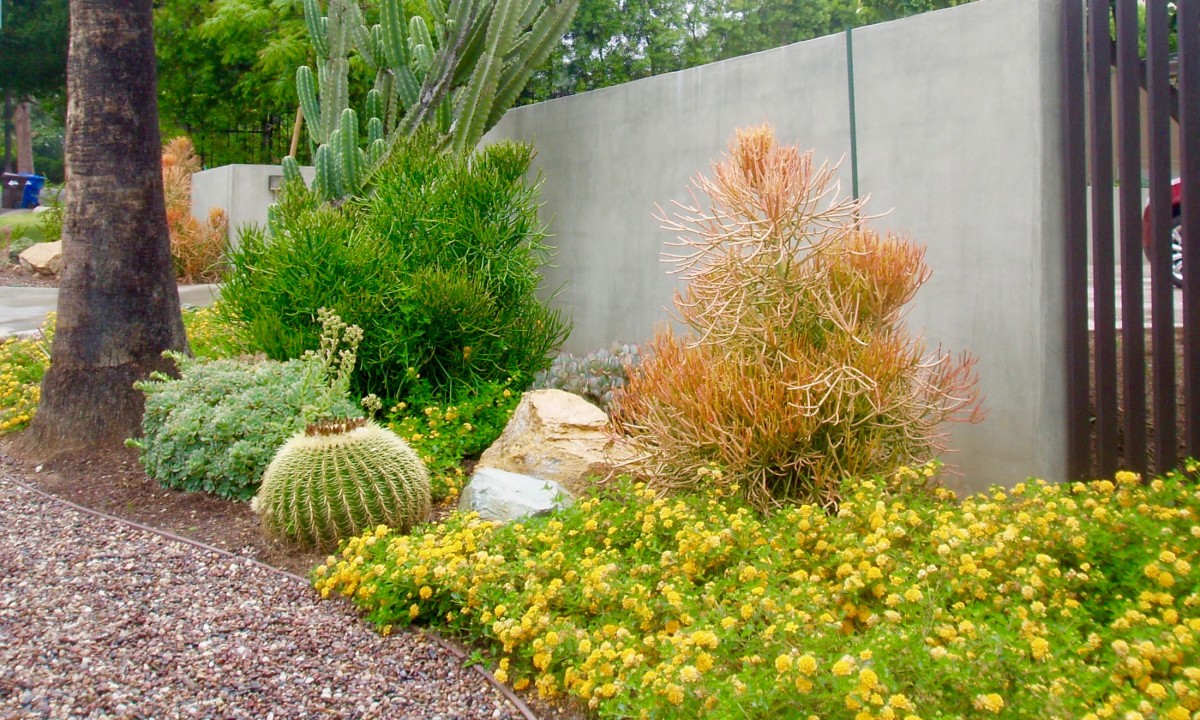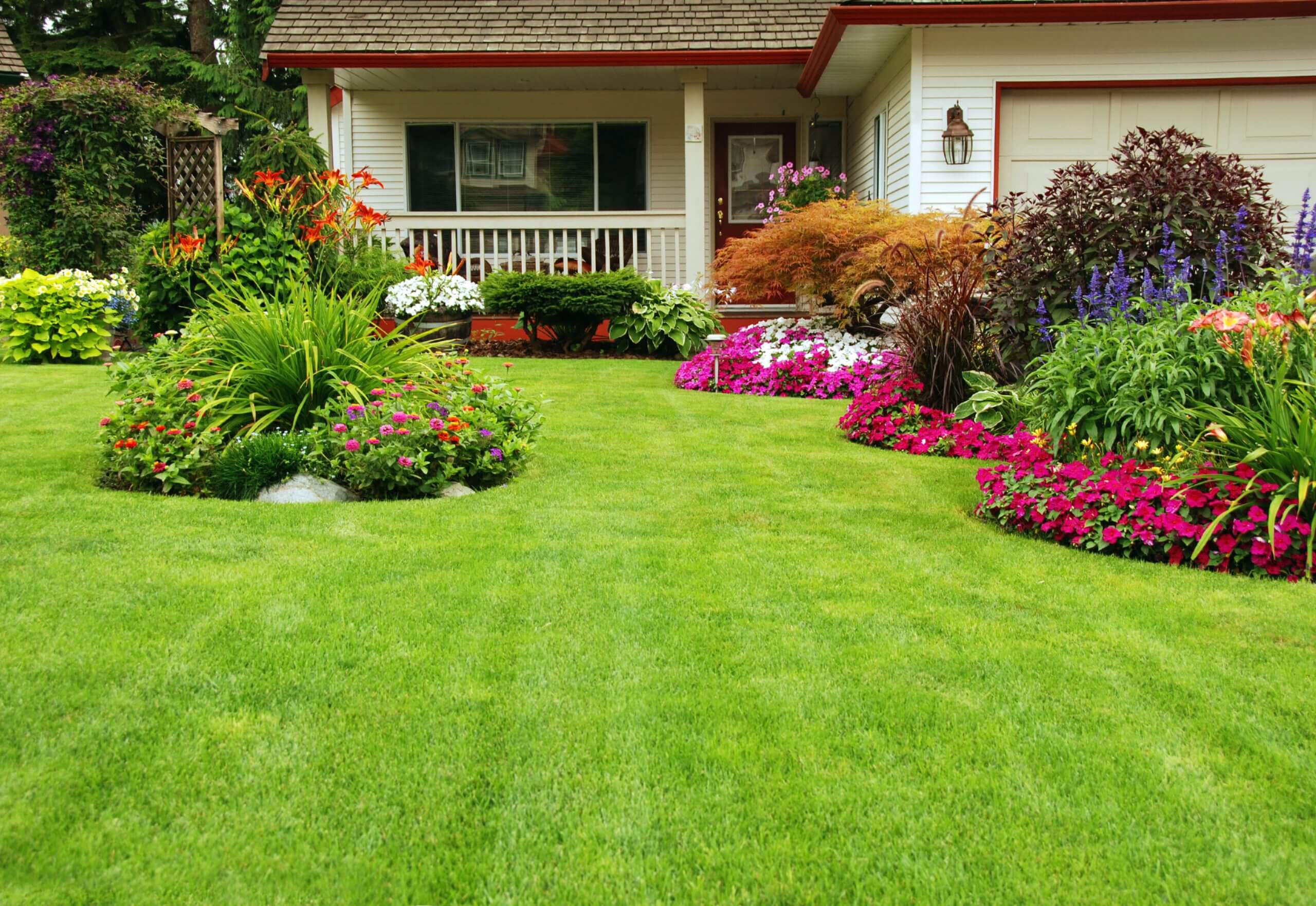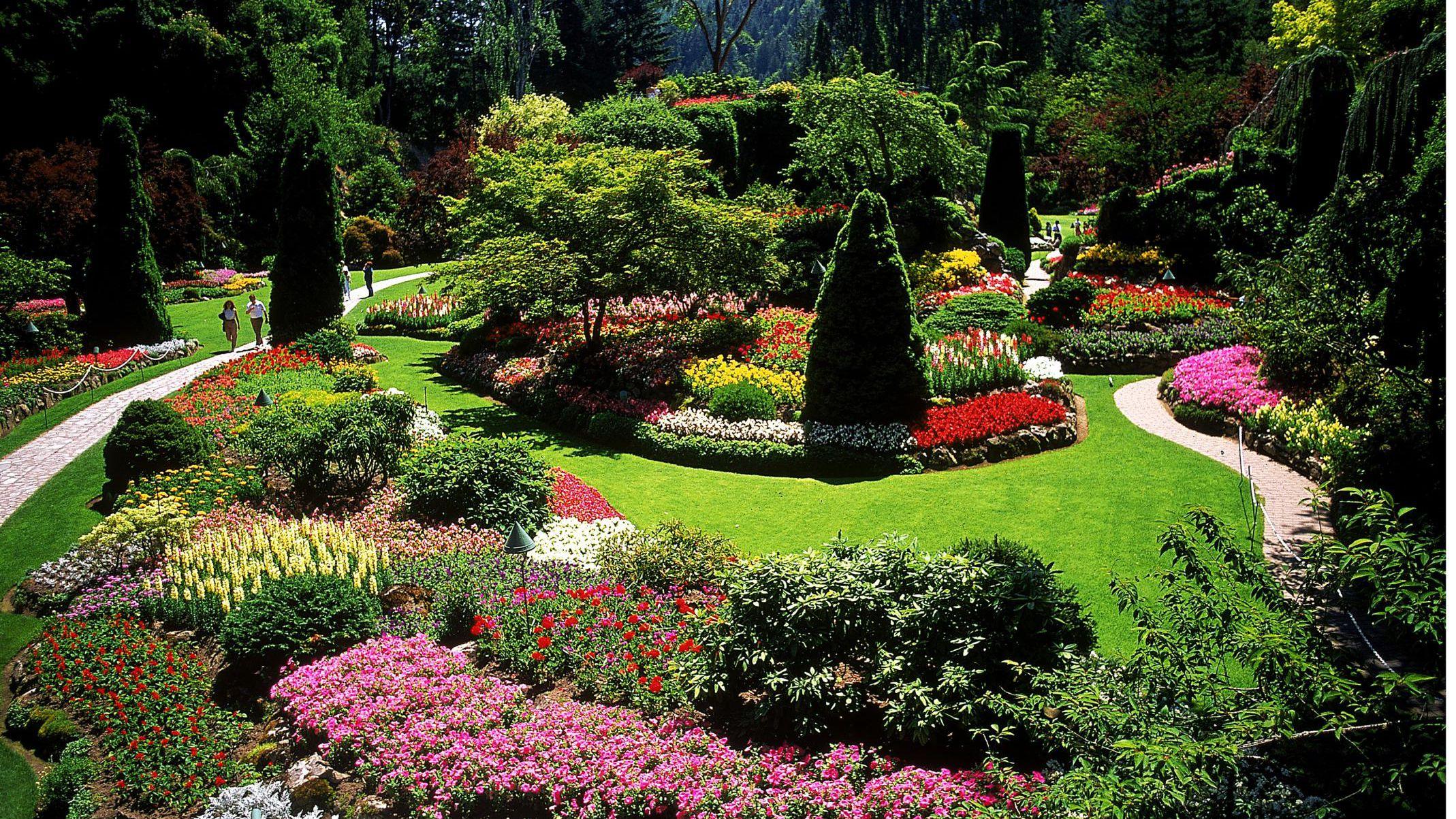Landscapers Things To Know Before You Get This
Table of ContentsGetting The Landscapers To WorkAn Unbiased View of LandscapersRumored Buzz on LandscapersHow Landscapers can Save You Time, Stress, and Money.Our Landscapers StatementsThe Ultimate Guide To Landscapers
- A yard function where water is stood for by an aggregate stone item, normally a gravel or granite. These are most generally found in modern and Japanese garden design.- A stone or flagstone outdoor patio, path, or pathway built without a concrete base. The base would be compressed gravel and the joints would certainly be an aggregate or walkable ground cover. - A stone keeping or complimentary standing wall constructed without the use of mortar. - A below ground framework that gather water and allows it to slow percolate right into the soil around it.
Landscape layout that is compatible with a sites' setting in both appearance and sustainability without negative effects to the environment. Bordering in the landscape is a line of demarcation that produces visual interest in the garden by dividing one segment from another sector.
Locations can additionally have a sensation of "unit" given by trees, other growings, fencings, or screens. The landscape near the entrance to a structure.
The Only Guide for Landscapers

The component in a landscape style or location in a landscape that is implied to be most noticeable. The focal factor can be a plant, rock, statuary, collecting room, or other landscape feature.

Top Guidelines Of Landscapers
Rock item, either rounded or fractured, that is relatively little- typically 1" or less. Reduced plants that are enabled or motivated to top an area. Can refer to any type of "hard" garden elements consisting of statuary or rocks but many commonly is made use of to describe courses, patios, and walls.: Elevation distinction in between the level of water in a fish pond (or the degree of the pump if it rests outside the pond) and the top outlet of water which affects performance of the water pump in gph (gallons per hour). Thick hedges or trees that develop a fencing, screen, or border.
Fencing boards that run flat, commonly made use of in modern-day or Japanese-inspired landscape designs. Proper usage of imaginary lines can aid the landscape really feel attached to the home and various other elements.
A more kicked back garden controlled by rounded instead of straight bed lines and a less rigid framework. Typical PNW landscapes are informal. A plant that spreads greater than wanted, or into habitats where it does damages. Rose city has a checklist of intrusive plants that should not be installed in landscapes because they can spread out to woodlands or rivers and be difficult to regulate.
Landscapers for Beginners
Can include head placements and insurance coverage, pipe sizing, GPM specs, and products needed to mount this system. Accredited professional who develops landscapes, educated in design and design as well as in horticulture.
Landscape designers typically have less schooling than Landscape Architects and are not you can try this out accredited. A completed landscape layout, outlining all components for the new landscape.
Utilizing several plantings of the exact same selection to fill up in a location in the landscape. This can reduce maintenance and water usage in the yard.
A mix of cement, sand, and water that is used in rock masonry for establishing rocks and joints. A layer of garden compost or bark dirt applied at the base of a plant. A mass growing of moss. A plant that existed in a geographical place prior to people started transforming the landscape.
Some Known Facts About Landscapers.
Just how the garden or a yard aspect is arranged in connection to an existing or new function or to a direction. Lawns that are not trimmed yet grown in landscapes as perennials.

Small round crushed rock. Plants that give seasonal passion and afterwards die back in the wintertime. Annuals click here for more info do not come back the complying with period, yet perennials do. Winter yard that is one of the most common turf yard in Rose city, OR and the remainder of the PNW.An open roofed structure over an outdoor patio or various other landscape function.
Lava accumulated ranging in size from 1/4" down to dirt. The most usual landscape crushed rock in the PNW. Location of the landscape developed to deal with water till it can saturate into the ground. A chain that manages water as it takes a trip from a roof gutter to the ground. Garden structure that produces a growing area that is had and more than the bordering quality.
Framework constructed from wood, concrete, leading stones, bricks or various other products for stabilizing inclines and stopping too much erosion. Narrow gutter. Producing a garden attribute being composed mostly of rocks with plantings that match and can prosper in the rocky environment. Lawn sprinkler head style that rotates a stream of water throughout an area.
Some Ideas on Landscapers You Need To Know
